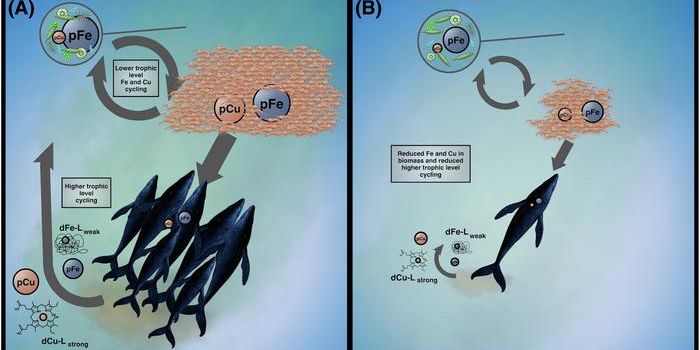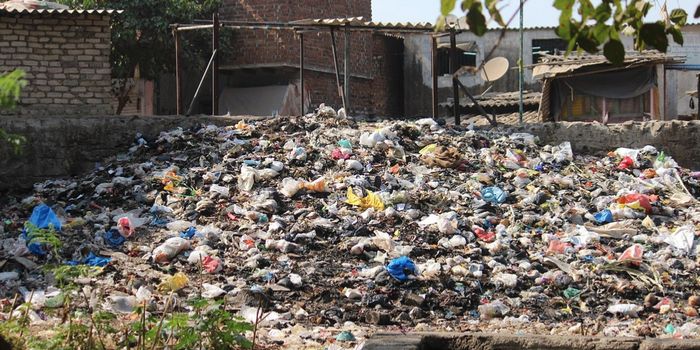Cell & Molecular Biology
Penn-Led Study Ties Aging to Oxidative Damage in Mitochondria
OCT 15, 2014 12:00 AM PDT
Share
The Chirping
 They don't care what you call them and aren't fussy about what they eat. There are hundreds of millions of them and they might live in your house. Camel crickets, also known as sprickets, spider crickets or cave crickets eat just about anything including cheese, dead fire ants, human feces and fallen fruit. A recent study, the results of which were published in Peer, found that an invasive species of these crickets (Diestrammena asynamora) from Asia has overtaken the native species (of the genus Ceuthophilus) in American households. The invader became established in the U.S. during the 1800's and was called the greenhouse camel cricket because it was rarely found outside of greenhouses, but it is now evident that it widely found in homes in the eastern U.S.
They don't care what you call them and aren't fussy about what they eat. There are hundreds of millions of them and they might live in your house. Camel crickets, also known as sprickets, spider crickets or cave crickets eat just about anything including cheese, dead fire ants, human feces and fallen fruit. A recent study, the results of which were published in Peer, found that an invasive species of these crickets (Diestrammena asynamora) from Asia has overtaken the native species (of the genus Ceuthophilus) in American households. The invader became established in the U.S. during the 1800's and was called the greenhouse camel cricket because it was rarely found outside of greenhouses, but it is now evident that it widely found in homes in the eastern U.S. Although the organisms we share our built-up environment with are the ones we see most often, unless they are deemed desirable, like birds or butterflies or a nuisance, such as bedbugs, mice or roaches, not much attention is paid to them. Camel crickets and humans have lived together since ancient times -- they are even depicted in cave art from Paleolithic France -- but they have not been studied much or documented. Researchers at North Carolina State University (NCSU) and Enloe High School in Raleigh, NC set out to change this. Why you ask? Well, the study got its start when a cricket taxonomist at NCSU found an invasive camel cricket in the home of a fellow researcher.
The researchers enlisted the help of the public to assess the population of all types of camel crickets. They asked people involved with another survey about organisms found in their homes to answer questions about the presence or absence of camel crickets. They also solicited input via a Camel Cricket Census website. Photos and physical specimens were used to confirm which species were found in the homes. Traps were used to survey the crickets inhabiting yards.
The results indicate that there may be as many as 700 million camel crickets in and around homes across the eastern U.S. Since most of the survey respondents were from the east, the extent of the cricket population in the west is unknown. The invasive species seems to far outnumber the native species, with over 90% of respondents reporting the presence of D. asynamora. The study also revealed the presence of a previously unnoticed invasive species, Diestrammena japanica.
The jury is still out on whether the widespread presence of the invasive species is a bad thing. "We don't know what kind of impact this species has on local ecosystems, though it's possible that the greenhouse camel cricket could be driving out native camel cricket species in homes," study co-author Mary Jane Epps of NCSU said. In the paper, the researchers write, "The extent to which D. asynamora has actually displaced or is actively competing with native populations of Ceuthophilus (a genus that includes a number of rare or sensitive species) is also unknown, and further study is needed to determine whether this new invader poses an ecological threat, or is merely a harmless visitor in our houses and yards."
Do all these bugs give you the creeps? They really shouldn't. They don't bite or pose a threat to humans. Paper co-author Holly L. Menninger of NCSU said, ""Because they are scavengers, camel crickets may actually provide an important service in our basements or garages, eating the dead stuff that accumulates there,"
You May Also Like
Loading Comments...








